Home>Home Maintenance>How Much Sand For Drainage For Garden Tomatoes
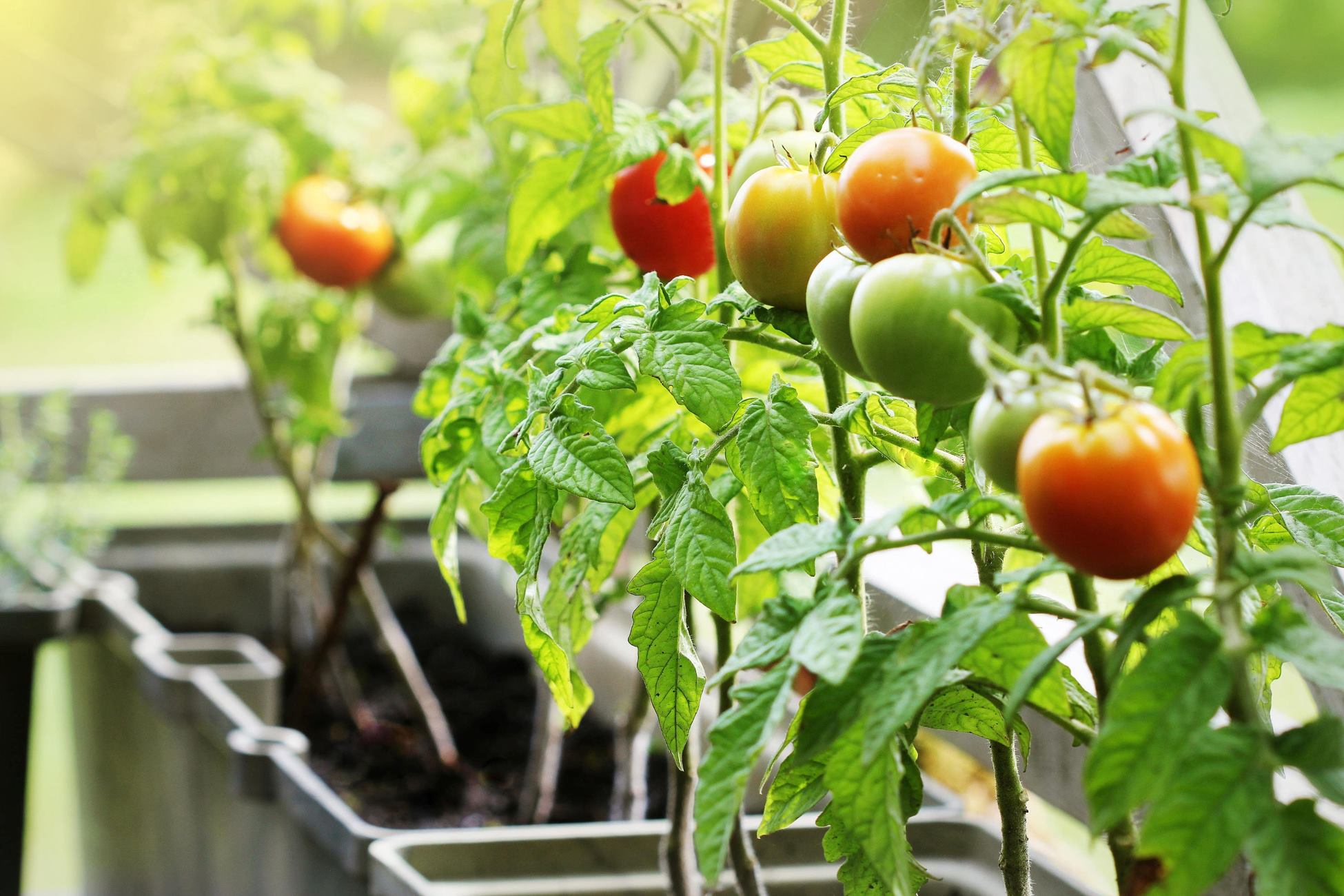

Home Maintenance
How Much Sand For Drainage For Garden Tomatoes
Modified: March 7, 2024
Find out the optimal amount of sand for effective drainage in your garden tomatoes. Learn essential home maintenance tips for healthier plants.
(Many of the links in this article redirect to a specific reviewed product. Your purchase of these products through affiliate links helps to generate commission for Storables.com, at no extra cost. Learn more)
Introduction
Welcome to the world of gardening! Growing your own vegetables can bring immense joy and satisfaction, and tomatoes are a popular choice for many gardeners. To ensure healthy and thriving tomato plants, it is crucial to have proper drainage in your garden. Poor drainage can lead to waterlogged soil, root rot, and other detrimental conditions for your precious tomato plants.
In this article, we will explore the importance of drainage for garden tomatoes and discuss the factors that can affect drainage in your tomato garden. We will also delve into the benefits of using sand to improve drainage and provide you with a step-by-step guide on how to add sand to your tomato garden. Lastly, we will touch upon the importance of maintaining drainage to ensure the long-term health of your tomato plants.
So, let’s dig in and discover how proper drainage and the right use of sand can help you grow healthy and bountiful tomatoes in your garden!
Key Takeaways:
- Proper drainage is essential for healthy tomato plants, preventing root rot and promoting nutrient uptake. Adding sand can improve drainage and create an optimal growing environment.
- To determine the amount of sand needed, assess soil composition and perform a soil percolation test. Follow a step-by-step guide to effectively add sand for improved drainage.
Read more: How To Improve Garden Drainage
Importance of Drainage for Garden Tomatoes
Good drainage is essential for the health and growth of tomato plants. Without proper drainage, excess water can accumulate in the soil, leading to a host of problems like root rot, nutrient deficiencies, and overall poor plant health.
One of the main reasons why drainage is crucial for tomato plants is because they have shallow root systems. Tomatoes grow best in well-drained soil that allows their roots to establish and spread easily. When the soil becomes waterlogged, the roots can suffocate and become more susceptible to diseases and pests.
Proper drainage also helps in regulating the moisture levels in the soil. Tomatoes require consistent moisture, but if the soil retains too much water, it can lead to overhydration and promote the growth of harmful fungi or bacteria. On the other hand, if the soil drains too quickly, the plants may not receive sufficient water, causing them to wilt and weaken.
Furthermore, adequate drainage aids in promoting nutrient uptake by the tomato plants. When the soil is well-drained, the nutrients present in the soil are more readily available to the roots. This ensures that the plants receive the necessary nutrients for healthy growth and higher productivity.
In summary, here are the key reasons why drainage is crucial for garden tomatoes:
- Prevents root rot and promotes overall plant health
- Helps regulate moisture levels in the soil
- Aids in nutrient uptake for better growth and productivity
Now that we understand the importance of drainage, let’s explore the factors that can affect drainage in your tomato garden.
Factors Affecting Drainage in Tomato Gardens
Several factors can impact the drainage in your tomato garden. Understanding these factors will help you identify and address any issues that may hinder proper drainage. Here are some key factors to consider:
- Soil Composition: The type and composition of the soil play a significant role in drainage. Sandy soils tend to drain quickly, while clay soils have a tendency to retain water, leading to poor drainage. Ideally, a well-drained soil for tomatoes is loamy, with a good balance of sand, clay, and organic matter.
- Slope and Elevation: The slope and elevation of your garden can impact drainage. If your garden is situated at the bottom of a slope, water may collect and cause waterlogging. It’s important to ensure that your tomato garden is on a slight slope or terrace to allow water to drain away from the plants.
- Presence of Compacted Soil: Compacted soil hampers drainage as it reduces the space between soil particles, restricting the movement of water through the soil profile. Breaking up compacted soil by tilling or aerating helps improve drainage in the long run.
- Planting in Containers or Raised Beds: If you’re growing tomatoes in containers or raised beds, ensure proper drainage by using suitable potting mix or adding organic matter to improve soil structure. Properly designed containers and raised beds with drainage holes allow excess water to escape.
- Watering Practices: Overwatering can overwhelm the soil’s ability to drain, leading to waterlogged conditions. It’s crucial to water tomatoes appropriately, allowing the soil to dry slightly between waterings. Consider using drip irrigation or soaker hoses to deliver water directly to the root zone, minimizing excess moisture.
- Weather Conditions: Heavy rainfall or prolonged periods of precipitation can saturate the soil and impede drainage. It’s important to monitor weather conditions and take appropriate measures, such as providing temporary cover or using techniques like mulching, to manage excess water.
By considering these factors and addressing any drainage issues accordingly, you can create optimal growing conditions for your tomato plants. Now, let’s explore the benefits of using sand for drainage in your tomato garden.
Benefits of Using Sand for Drainage in Tomato Gardens
When it comes to improving drainage in tomato gardens, sand can be a valuable ally. Adding sand to your soil can provide several benefits that contribute to healthier and more productive tomato plants. Here are the key advantages of using sand for drainage:
- Enhanced Drainage: The most obvious benefit of incorporating sand into your soil is improved drainage. Sand has larger particles compared to loam or clay soil, allowing water to flow more freely and preventing waterlogging. This helps create a well-drained environment that is optimal for tomato plants.
- Prevents Compaction: Sand can help prevent soil compaction, which is a common issue in heavy clay soils. When added to the soil, sand particles create larger spaces between the soil particles, allowing water and air to move more easily. This helps maintain a loose and well-aerated soil structure, promoting healthy root growth.
- Increases Soil Porosity: The porous nature of sand helps increase soil porosity. This means that the soil can hold a balanced amount of moisture while still allowing excess water to drain away. The improved porosity also facilitates the movement of oxygen to the roots, ensuring better overall growth for your tomato plants.
- Prevents Soil Erosion: By adding sand to your soil, you can help prevent soil erosion. Sand particles create a more stable soil structure, reducing the risk of water washing away the topsoil during heavy rainfall or watering. This helps retain essential nutrients in the root zone and provides a stable foundation for your tomato plants.
- Improves Root Development: The improved drainage and aeration provided by sand promote stronger and healthier root development. With better access to oxygen and nutrient-rich soil, tomato plant roots can grow deeper and spread more effectively, leading to more robust and productive plants.
It’s important to note that while sand can greatly improve drainage in clay or compacted soils, it should not be used excessively in sandy soils, as it can lead to over-drainage and nutrient leaching.
Now that you understand the benefits of using sand for drainage, let’s move on to determining the amount of sand needed for your tomato garden.
When adding sand for drainage in your garden tomatoes, mix in 1-2 inches of coarse sand into the soil to improve drainage and prevent waterlogging. This will help the tomatoes thrive and reduce the risk of root rot.
Determining the Amount of Sand Needed for Drainage
When it comes to adding sand for drainage in your tomato garden, determining the right amount is crucial. Adding too little sand may not effectively improve drainage, while adding too much can lead to other issues like over-drainage. Here’s a step-by-step guide to help you determine the amount of sand needed:
- Assess Soil Composition: Start by evaluating the composition of your soil. Take a look at the existing soil texture and drainage characteristics. If your soil is predominantly clay or feels compacted, you will likely need more sand to improve drainage.
- Soil Percolation Test: Perform a simple soil percolation test to determine the drainage rate of your soil. Dig a hole about 12 inches deep and wide in your garden. Fill the hole with water and allow it to drain completely. Once drained, refill the hole with water and measure the time it takes for the water to drain completely. If the water drains within 24 hours, your drainage is relatively good. If it takes longer, or the hole remains partially filled after a day, you may need to improve drainage with sand.
- If the water drains quickly: If your soil already has good drainage, you may not need to add much sand. Mixing around 1 to 2 inches of coarse sand into the top 6 inches of soil can provide sufficient improvement without risking over-drainage. Use a garden fork or tiller to incorporate the sand evenly into the soil.
- If the water drains slowly: In soils with poor drainage, you will want to add more sand to enhance the drainage properties. Mix 3 to 4 inches of coarse sand into the top 6 to 8 inches of soil. This increased amount of sand will help break up compacted soil and improve water movement. Again, use a garden fork or tiller to thoroughly blend the sand and soil.
Remember that these are general guidelines, and the exact amount of sand needed may vary depending on your specific soil conditions. It’s always a good idea to observe how the water drains in your garden after adding the sand and make adjustments as necessary.
Now that you know how to determine the amount of sand needed, let’s move on to the step-by-step process of adding sand for drainage in your tomato garden.
Read more: How Much Are Tomato Seeds
Step-by-Step Guide for Adding Sand for Drainage in Tomato Gardens
Improving drainage in your tomato garden by adding sand is a simple process. Follow these steps to ensure that you incorporate the sand effectively:
- Prepare the Soil: Begin by clearing the area of any debris, weeds, or rocks. If necessary, loosen the soil using a garden fork or tiller to create a loose and workable surface.
- Assess the Amount of Sand: Refer to the previous section to determine how much sand you need based on your soil type and drainage conditions.
- Distribute the Sand: Evenly spread the sand over the soil surface in the designated area. Use a garden rake or shovel to distribute it thoroughly. Aim for a depth of 1 to 4 inches, depending on the soil type and drainage requirements.
- Mix the Sand and Soil: Use a garden fork or tiller to mix the sand into the top layer of soil. Work the sand down to a depth of 6 to 8 inches if possible, ensuring that it is thoroughly blended with the existing soil. This will help improve drainage and prevent the formation of distinct sand layers.
- Smooth the Surface: After mixing, use the back of the rake or a garden roller to gently smooth out the surface of the soil. This will create an even and level planting bed for your tomato plants.
- Water the Area: Once the sand is incorporated into the soil, lightly water the area to settle the sand and soil mixture. This will also help to further compact the soil and accelerate the integration of the sand.
- Planting Tomato Seedlings: After allowing the soil to settle for a day or two, it’s time to plant your tomato seedlings. Dig holes for the seedlings, making sure to place them at the appropriate depth and spacing recommended for the specific tomato variety.
- Water and Maintain: Water the newly planted seedlings gently but thoroughly after planting. From there, continue to follow proper watering, fertilizing, and maintenance practices to ensure the growth and productivity of your tomato plants.
By following these steps, you’ll be able to effectively incorporate sand into your tomato garden and improve drainage. Remember to adjust the amount of sand and the depth of incorporation based on your specific soil conditions and drainage needs.
Now that you have successfully added sand for drainage in your tomato garden, let’s explore how to maintain proper drainage to keep your plants thriving.
Maintaining Drainage in Tomato Gardens
Once you have successfully improved the drainage in your tomato garden, it’s important to maintain proper drainage to ensure the long-term health and productivity of your plants. Here are some essential steps to help you maintain drainage in your tomato garden:
- Monitor Watering: Pay close attention to your watering practices. Avoid overwatering, as this can lead to waterlogged soil and hinder drainage. Water your tomato plants deeply but infrequently, allowing the top few inches of soil to dry out between waterings.
- Use Mulch: Apply a layer of organic mulch, such as straw, wood chips, or shredded leaves, around your tomato plants. Mulch helps regulate soil moisture, preventing excess water from pooling and improving overall drainage. It also aids in weed control and provides insulation for the roots.
- Avoid Soil Compaction: Regularly monitor your garden for signs of soil compaction. Avoid walking or working in the garden when the soil is wet, as this can lead to compaction. Instead, use stepping stones or designated paths to access plants and minimize soil disturbance.
- Ensure Proper Drainage Pathways: Regularly check the area around your tomato plants to ensure that there are no obstructions blocking the drainage pathways. Remove any debris or overgrown vegetation that may impede water flow and hinder drainage.
- Implement Raised Beds or Containers: Consider using raised beds or containers for your tomato plants. These structures provide better control over soil composition and drainage. Ensure that raised beds have adequate drainage holes and that containers have proper soil mix and drainage mechanisms.
- Periodically Test Soil Drainage: Conduct occasional soil percolation tests to evaluate the effectiveness of your drainage system. Dig small holes and fill them with water. Observe how quickly the water drains away. If you notice slower drainage, determine the cause and take appropriate measures to maintain proper drainage.
- Rotate Crops: Practice crop rotation in your vegetable garden, including your tomato plants. This helps prevent the buildup of diseases and pests that can affect plant health and drainage. By avoiding continuous tomato planting in the same location, you can maintain a healthier soil structure.
- Regular Maintenance: Stay proactive in your garden maintenance routine. Remove any weeds that may interfere with drainage and compete for nutrients. Prune your tomato plants to improve air circulation and minimize the risk of disease. Regularly inspect your plants for any signs of stress or drainage-related issues.
By following these maintenance practices, you can ensure that your tomato garden maintains proper drainage, providing an optimal environment for healthy growth and abundant harvests.
Now that you understand the importance of maintaining drainage, you are well-equipped to create and sustain a thriving tomato garden. Happy gardening and enjoy your homegrown tomatoes!
Conclusion
Proper drainage is crucial for the success of your tomato garden. It helps prevent waterlogged soil, root rot, and nutrient deficiencies, ensuring your tomato plants thrive and produce a bountiful harvest. By understanding the importance of drainage and implementing the use of sand, you can create an optimal growing environment for your tomatoes.
We discussed the factors that can affect drainage in your tomato garden, such as soil composition, slope and elevation, and watering practices. By considering these factors, you can identify and address any issues that may hinder drainage.
We also explored the benefits of using sand for drainage, including enhanced drainage, prevention of soil compaction, increased soil porosity, prevention of soil erosion, and improved root development. Adding the right amount of sand to your soil can significantly improve drainage and create a healthier growing environment for your tomato plants.
The step-by-step guide provided detailed instructions on how to add sand for drainage in your tomato garden. By following these steps, you can effectively incorporate sand into the soil and create the ideal conditions for your tomato plants to thrive.
Maintaining proper drainage is essential for the long-term health of your tomato garden. By monitoring watering practices, using mulch, avoiding soil compaction, ensuring clear drainage pathways, and periodically testing soil drainage, you can ensure that your tomato plants continue to grow and flourish.
In conclusion, with the right knowledge and implementation of proper drainage techniques, your tomato garden has the potential to yield delicious and abundant tomatoes. Enjoy the rewards of your efforts and relish the satisfaction of growing your own homegrown tomatoes.
Happy gardening!
Frequently Asked Questions about How Much Sand For Drainage For Garden Tomatoes
Was this page helpful?
At Storables.com, we guarantee accurate and reliable information. Our content, validated by Expert Board Contributors, is crafted following stringent Editorial Policies. We're committed to providing you with well-researched, expert-backed insights for all your informational needs.

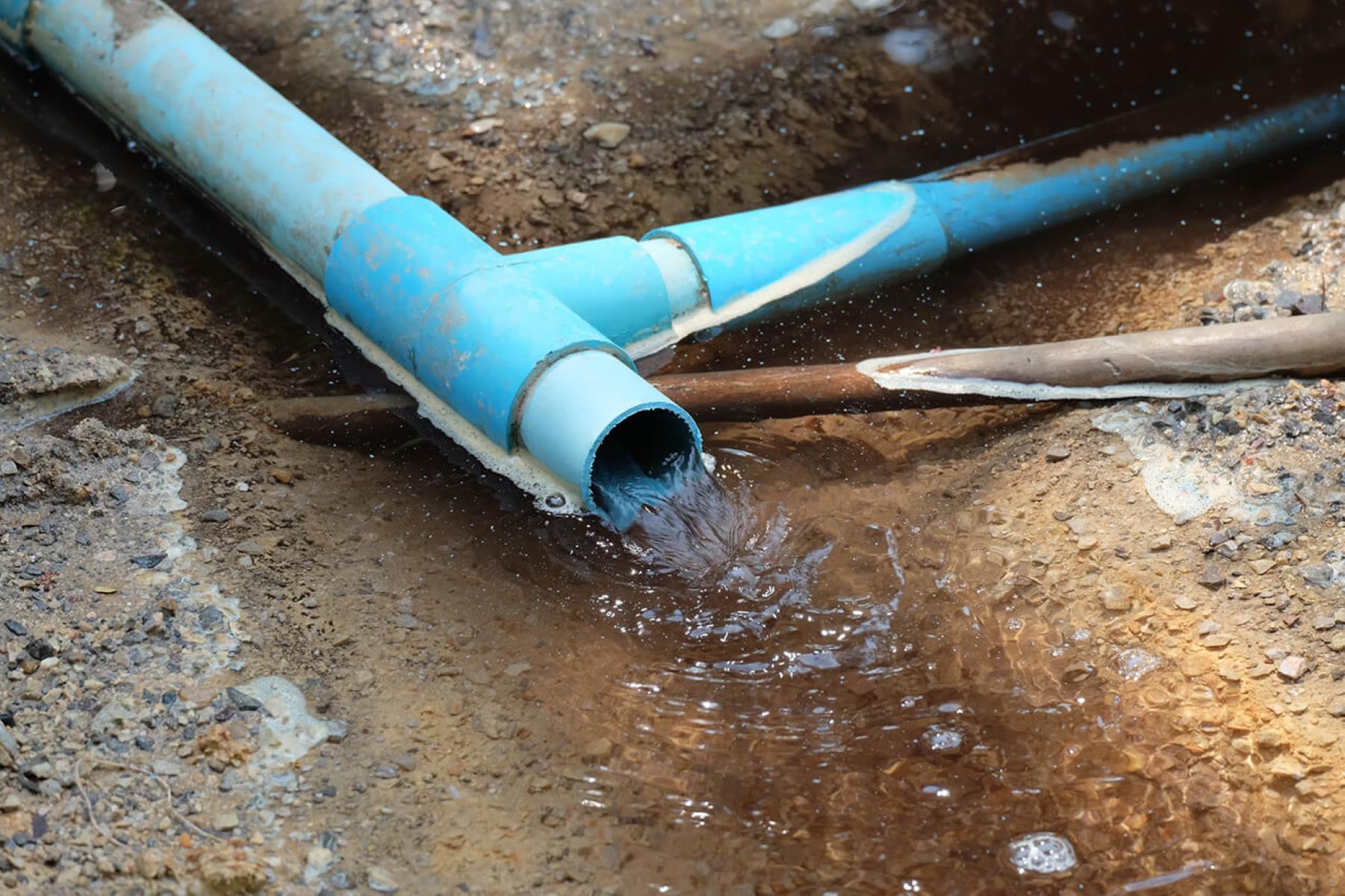
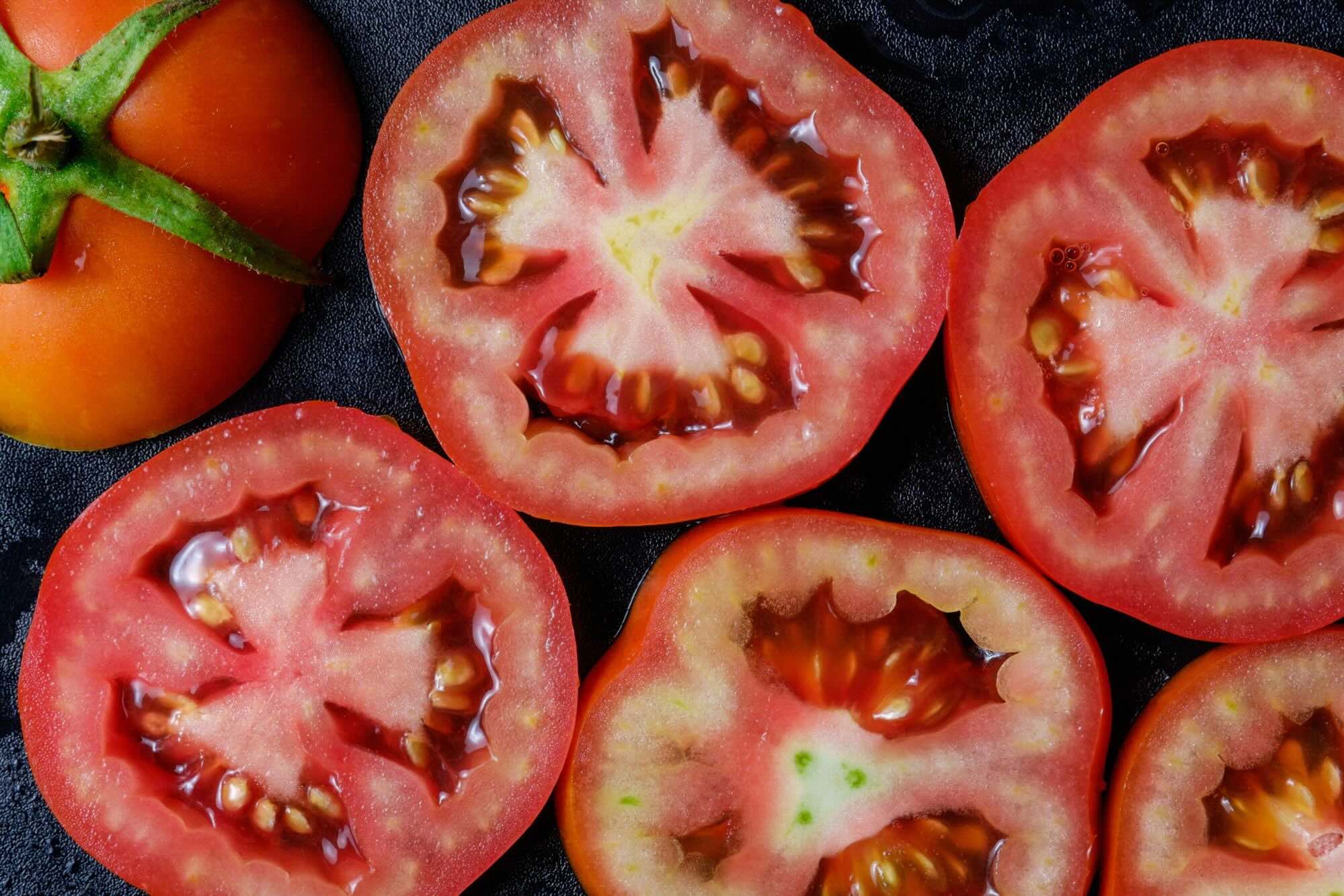
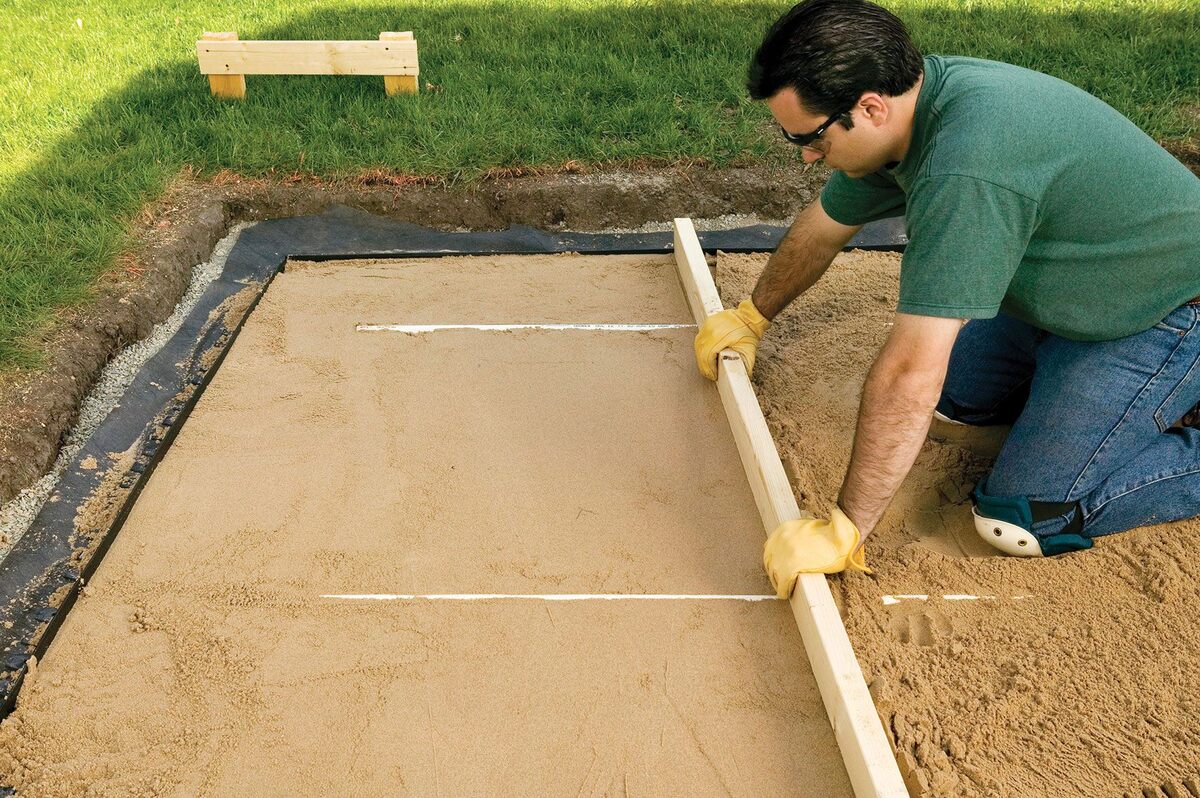
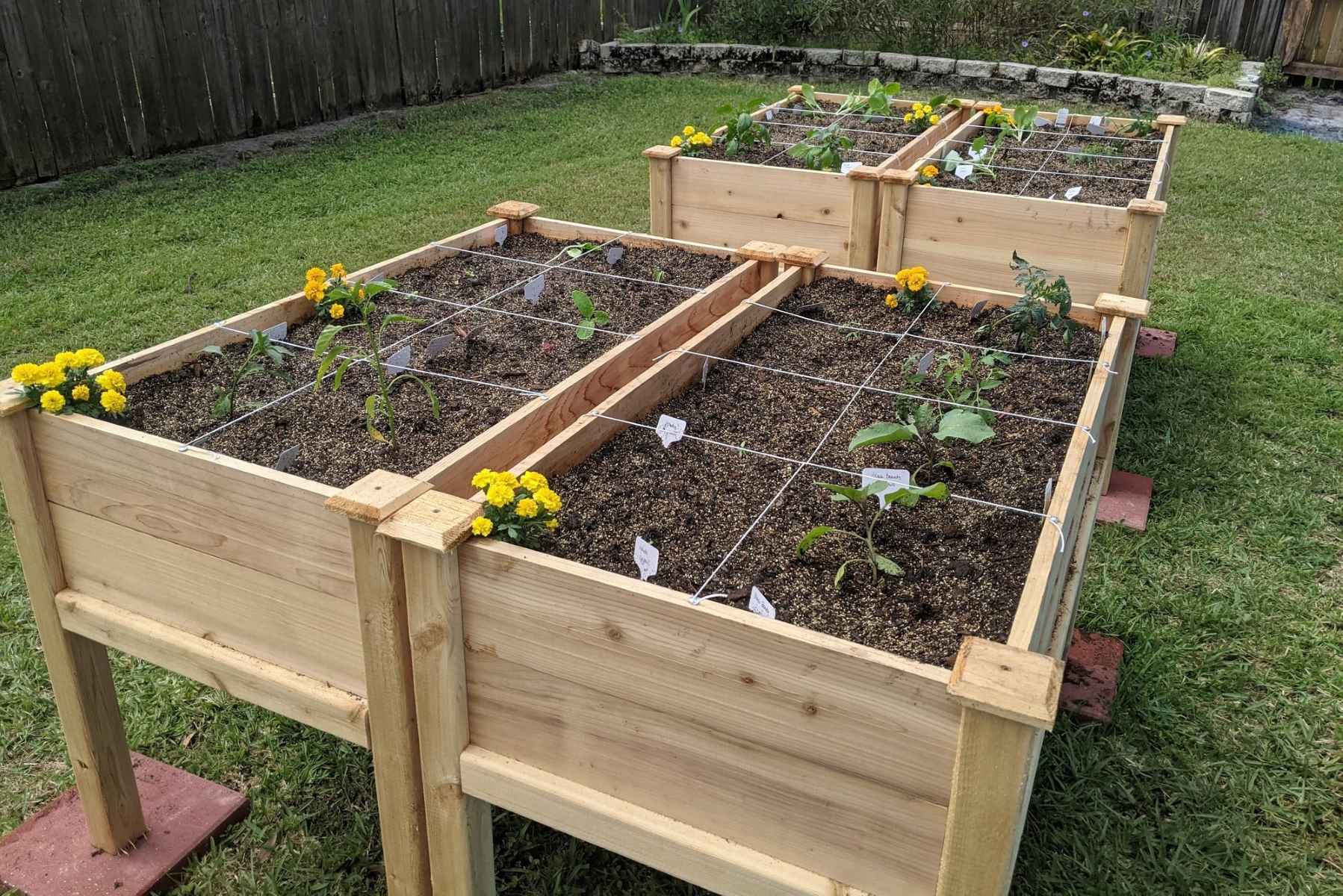
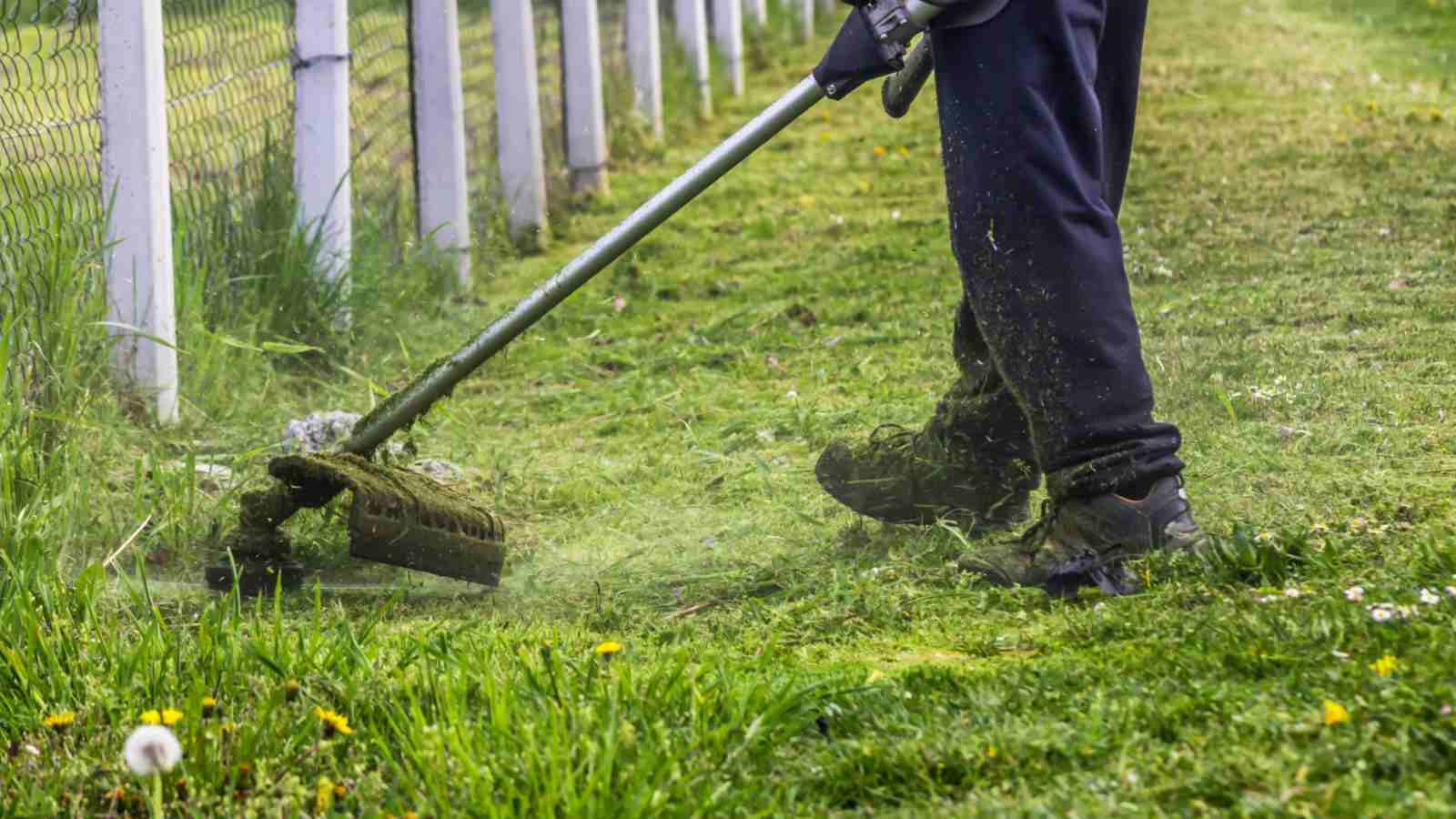

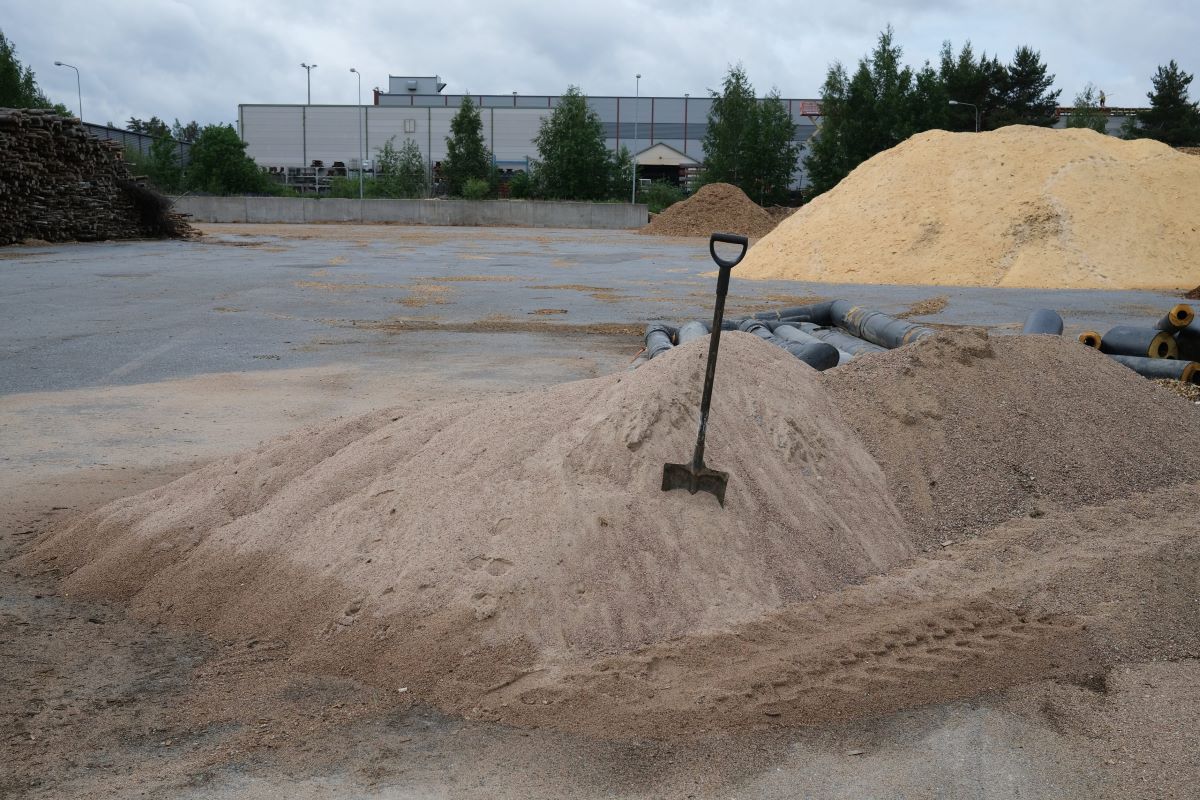
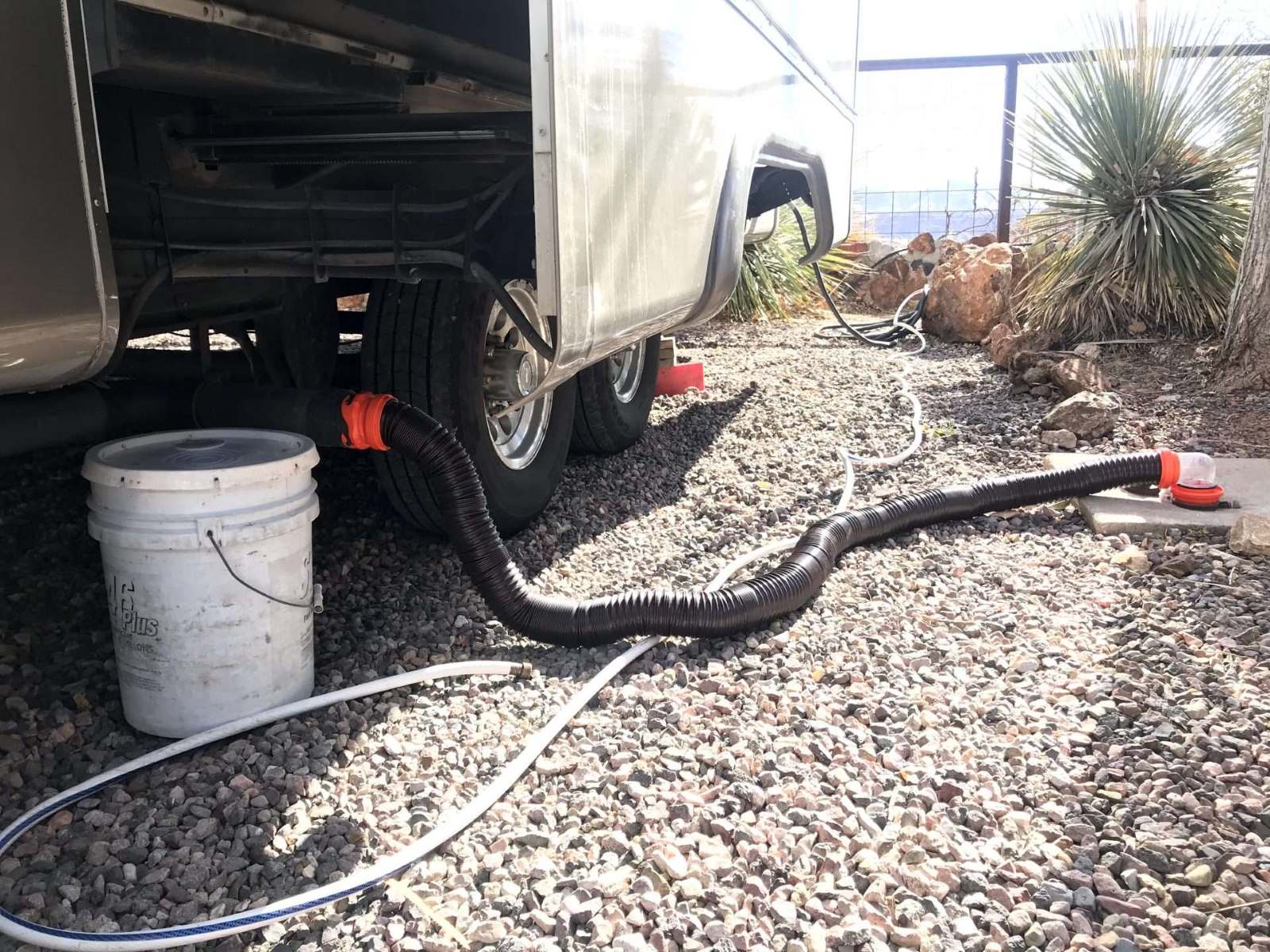
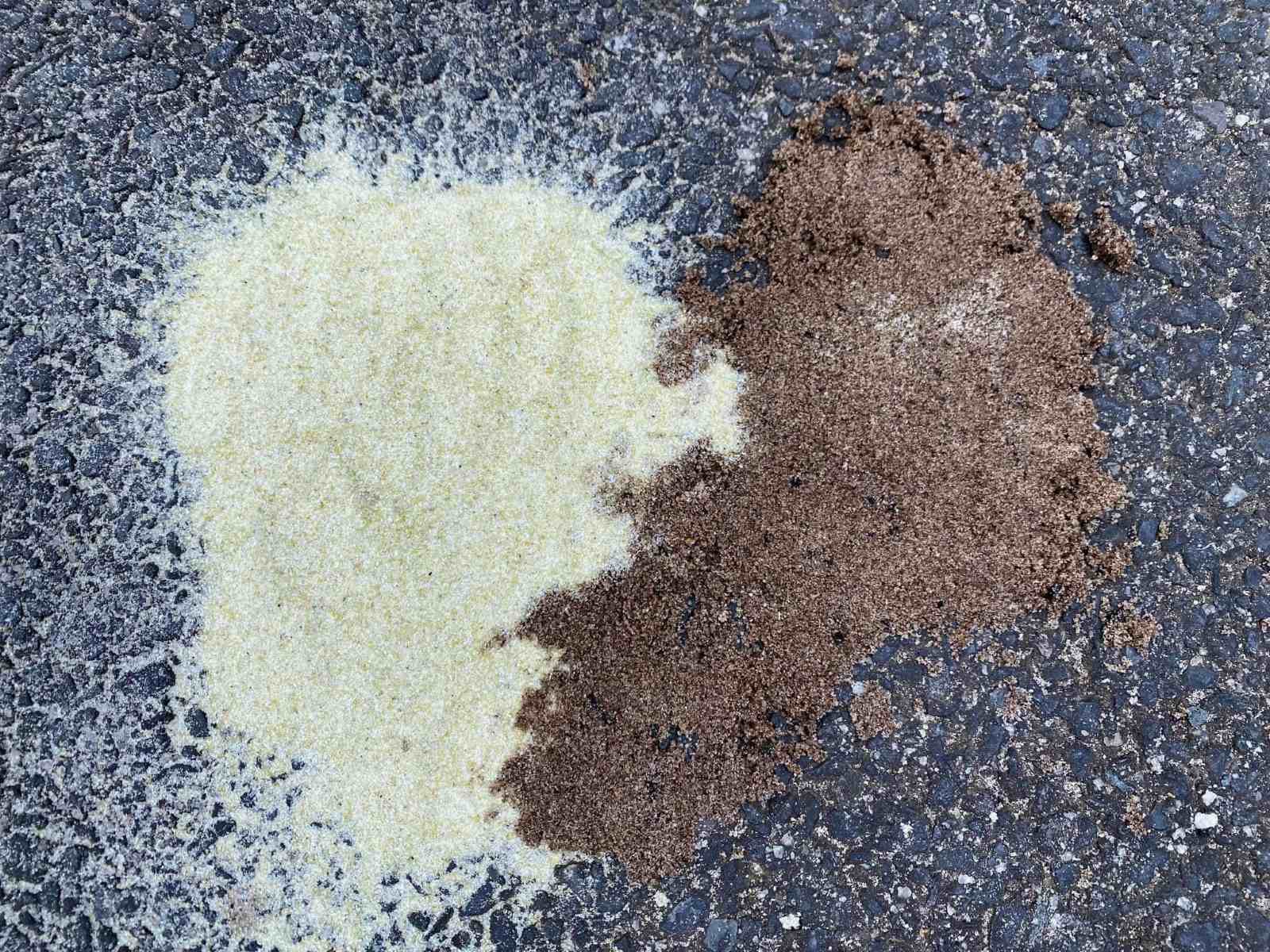
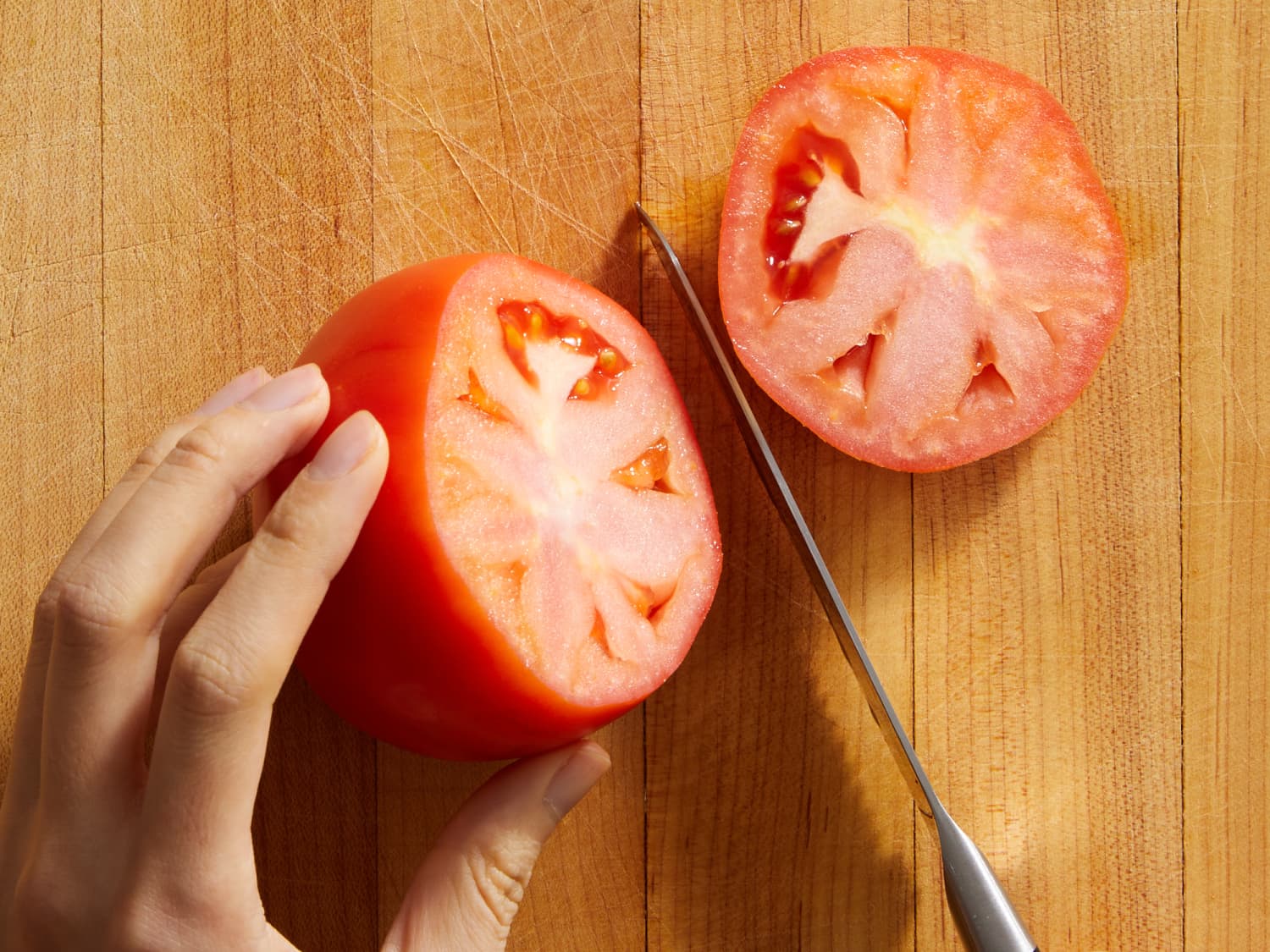
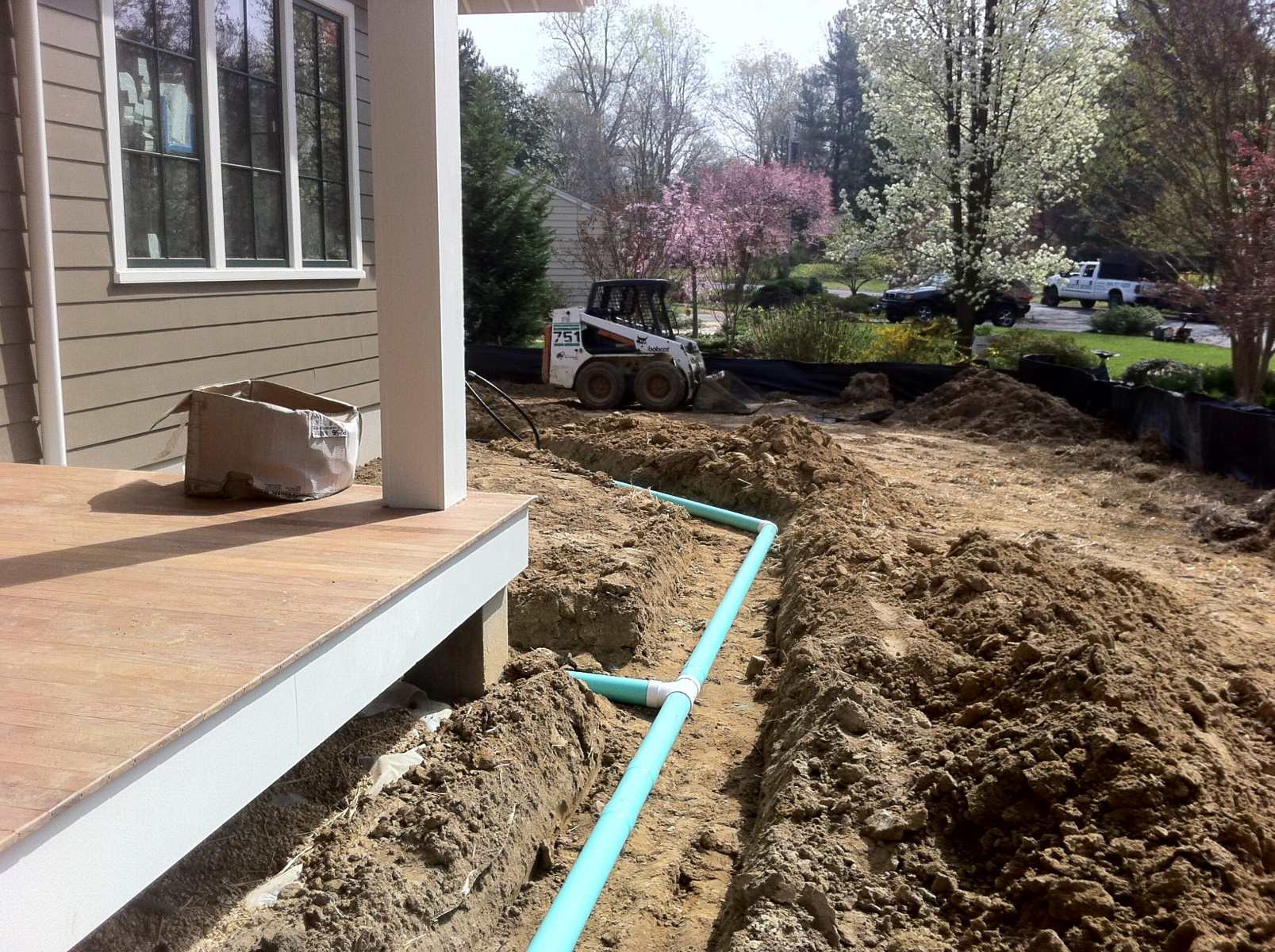
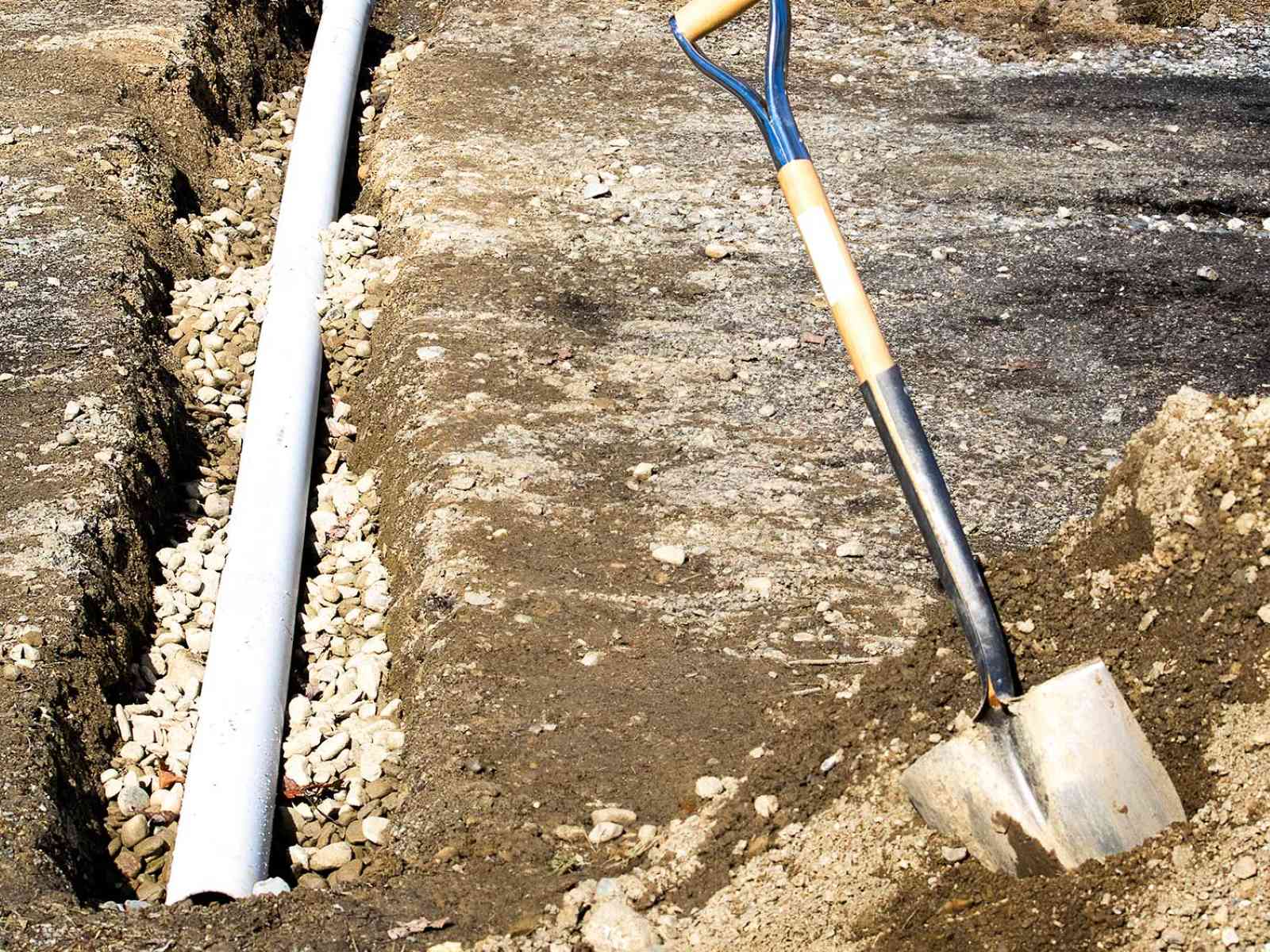


0 thoughts on “How Much Sand For Drainage For Garden Tomatoes”